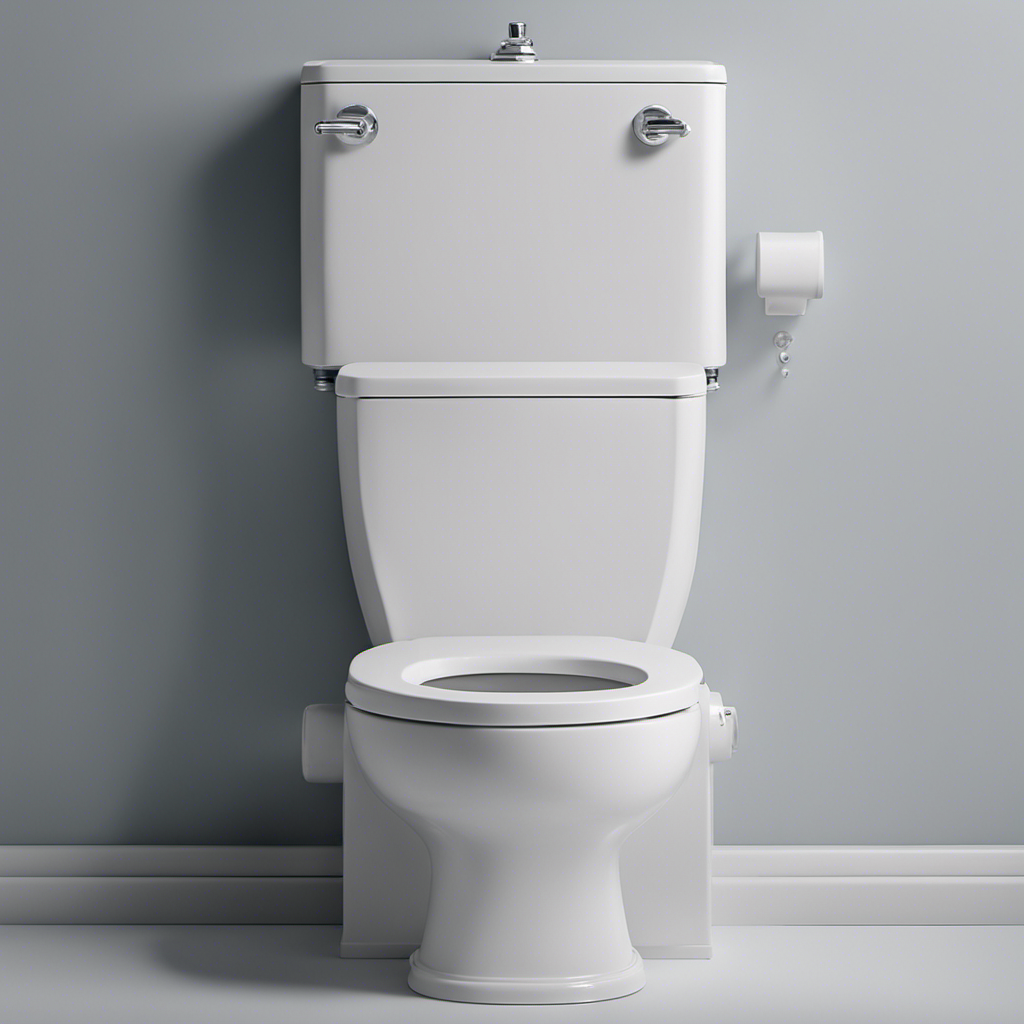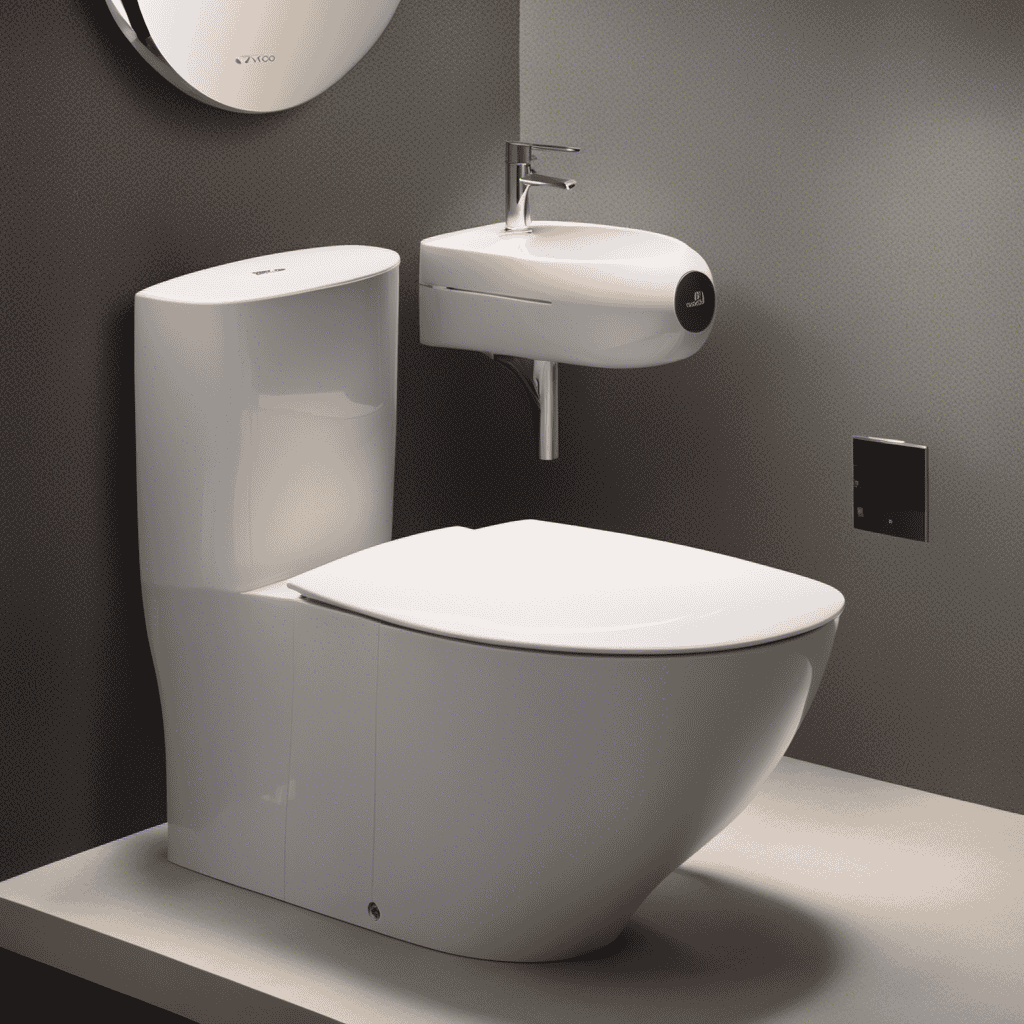I’ve had my fair share of plumbing problems, but nothing quite compares to the frustration of a toilet water not going down when flushed. It’s like watching your hopes and dreams swirl down the drain, only to be met with a stubborn blockage that refuses to budge.
In this article, I’ll delve into the common causes of this issue, provide simple DIY solutions to unclog a toilet, discuss signs of more serious plumbing problems, and offer tips on preventing future toilet clogs. And if all else fails, I’ll explain when it’s time to call in a professional plumber for help.
Let’s dive right in and tackle this problem head-on.
Key Takeaways
- Clogged drains are a common cause of toilet water not going down when flushed, often due to debris or foreign objects.
- Simple DIY solutions such as using a toilet plunger or a mixture of baking soda and vinegar can often unclog the toilet.
- Signs of a more serious plumbing issue include gurgling sounds from drains, slow draining or standing water in sinks or showers, and foul odors.
- To prevent toilet clogs in the future, flush responsibly, avoid flushing non-flushable items, use less toilet paper, and regularly inspect the toilet for leaks or cracks.
Common Causes of Toilet Water Not Going Down
One common cause of toilet water not going down when you flush is a clogged drain. When the drain in your toilet becomes blocked, it prevents the water from flowing properly and can lead to a backup. This can result in the toilet water not going down after flushing.
A clogged drain may occur due to various reasons such as the buildup of debris, toilet paper, or foreign objects in the pipes. Additionally, if you notice toilet water discoloration or hear unusual flushing sounds, it could be a sign of a clogged drain.
It is important to address this issue promptly to prevent further damage and ensure proper functioning of your toilet.
Simple DIY Solutions to Unclog a Toilet
There’s a simple DIY solution to clear a clogged toilet that you can try. One effective method is using a toilet plunger. This technique involves creating a tight seal around the drain opening and using a plunging motion to dislodge the clog.
Another option is to use a combination of baking soda and vinegar. This natural solution can help break down the clog and clear the toilet drain. Simply pour a cup of baking soda into the toilet bowl, followed by two cups of vinegar. Let the mixture sit for a few minutes, then flush the toilet. The fizzy reaction between the baking soda and vinegar can help loosen and remove the clog.
If these DIY solutions don’t work, it may be a sign of a more serious plumbing issue.
Signs of a More Serious Plumbing Issue
If you notice strange gurgling sounds coming from your drains, it could be a sign of a more serious plumbing issue. These warning signs should not be ignored, as they can indicate potential consequences that may escalate if left untreated.
Here are some key indicators to watch out for:
- Gurgling sounds coming from drains
- Slow draining or standing water in sinks or showers
- Foul odors coming from drains
- Multiple drains clogging simultaneously
- Water backing up into other fixtures
These signs could indicate a deeper problem within your plumbing system, such as a blocked sewer line or a malfunctioning vent stack. Ignoring these issues can lead to sewage backups, costly repairs, and even health hazards.
To prevent such problems, it is crucial to understand how to prevent toilet clogs in the future.
Transition: Now that we have identified the warning signs of a more serious plumbing issue, let’s explore effective strategies to prevent toilet clogs in the future.
How to Prevent Toilet Clogs in the Future
Now that we’ve covered the warning signs of a more serious plumbing issue, let’s explore effective strategies to prevent future toilet clogs. Regular toilet maintenance is key to avoiding common toilet problems. Here are some essential toilet maintenance tips:
| Tip | Description |
|---|---|
| Flush Responsibly | Only flush toilet paper and waste. Avoid flushing items like paper towels, wipes, or feminine products. These can easily cause clogs. |
| Use Less Toilet Paper | Excessive toilet paper can lead to clogs. Use only a reasonable amount and flush multiple times if needed. |
| Install a Toilet Auger | A toilet auger is a handy tool to have, which can help clear minor clogs before they become major issues. |
| Regularly Inspect the Tank | Check the tank for any signs of leaks or cracks. Replace any faulty parts promptly to prevent clogs caused by water flow issues. |
When to Call a Professional Plumber for Help
If you notice persistent leakages or strange noises coming from your plumbing system, it may be time to call a professional plumber for help. While some plumbing issues can be fixed with simple DIY solutions, there are certain signs that indicate the need for professional intervention.
Here are some signs of a hidden plumbing leak that should prompt you to call a professional plumber:
- Sudden increase in water bills without any apparent reason.
- Water stains or discoloration on walls, ceilings, or floors.
- Mold or mildew growth in unusual places.
- Musty or foul odor coming from drains or pipes.
- Low water pressure or inconsistent water flow.
These signs could indicate a serious plumbing problem that requires the expertise of a professional plumber. Attempting to fix these issues yourself may worsen the situation and lead to costly repairs in the future.
Conclusion
In conclusion, dealing with a toilet water not going down when flushed can be a frustrating experience. However, by understanding the common causes and implementing simple DIY solutions, you can often resolve the issue yourself.
It is important to be vigilant for signs of a more serious plumbing problem and take preventive measures to avoid future toilet clogs. If all else fails, don’t hesitate to call a professional plumber for expert assistance.
Remember, a swift resolution will bring relief and restore the harmony in your bathroom.










